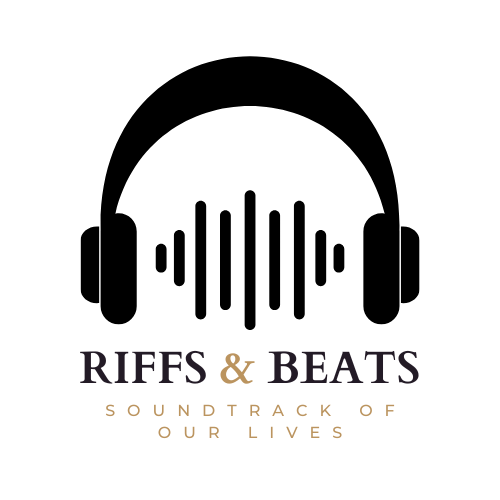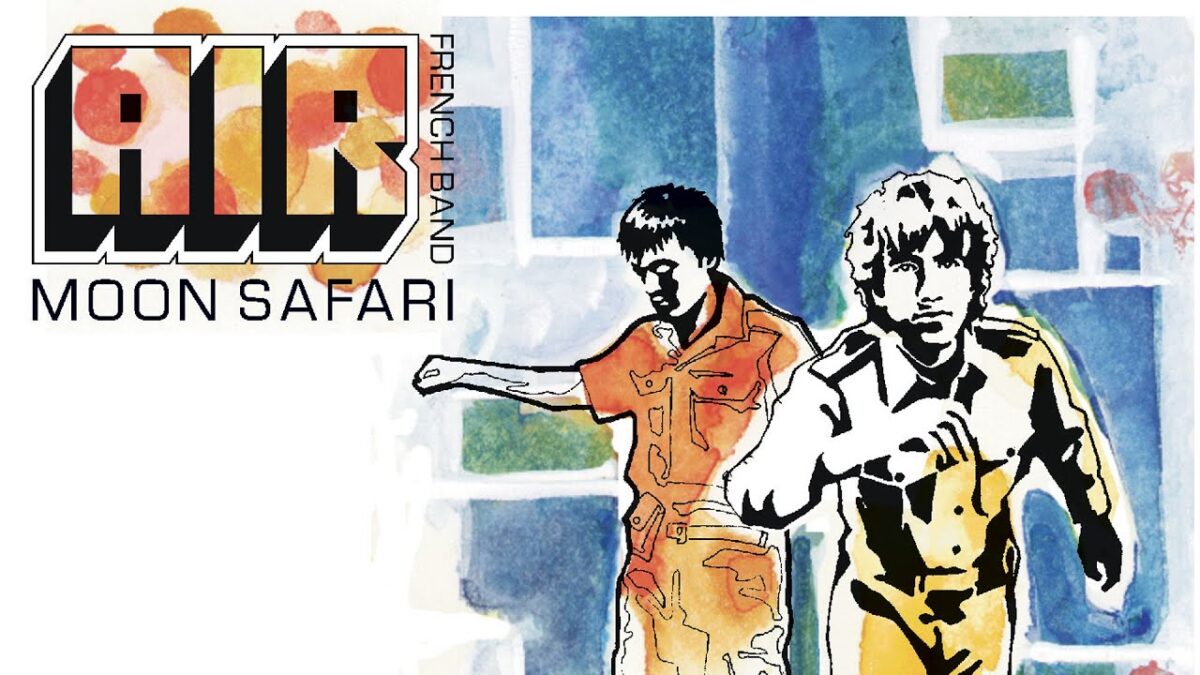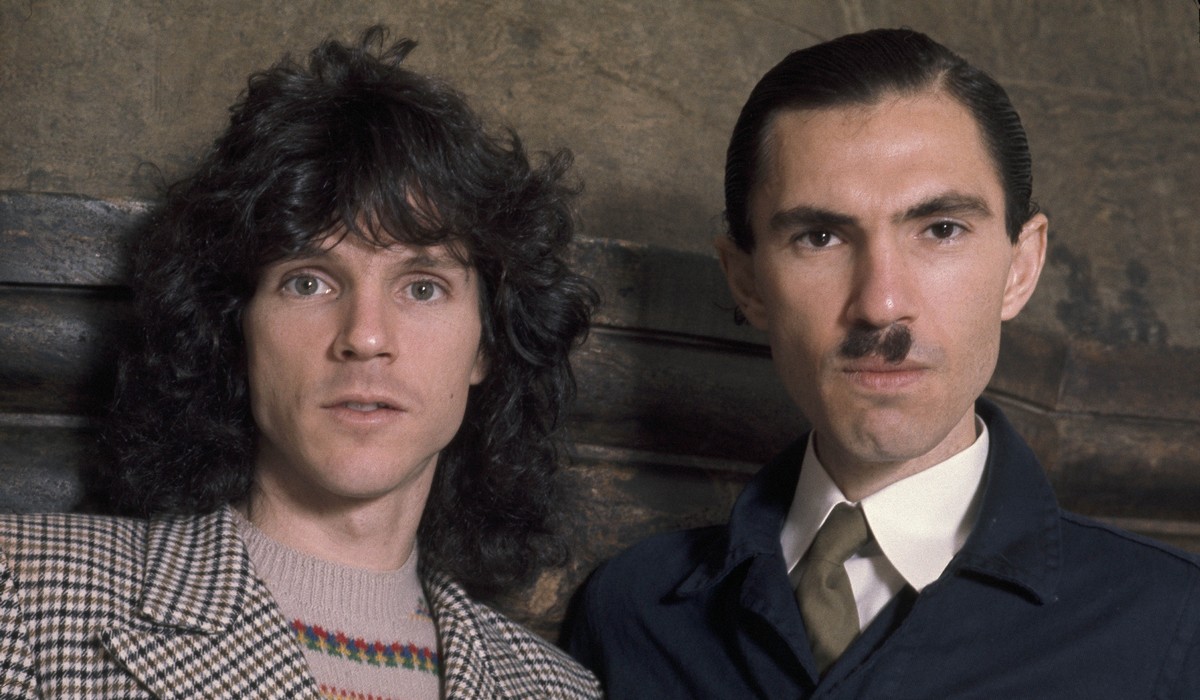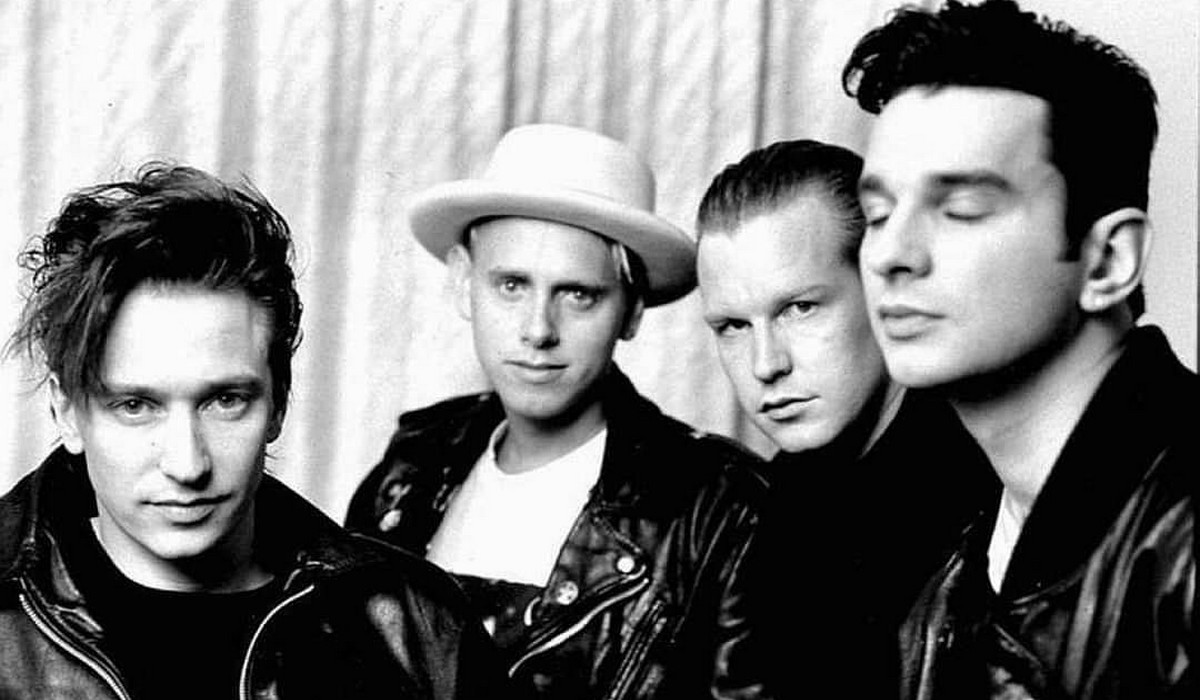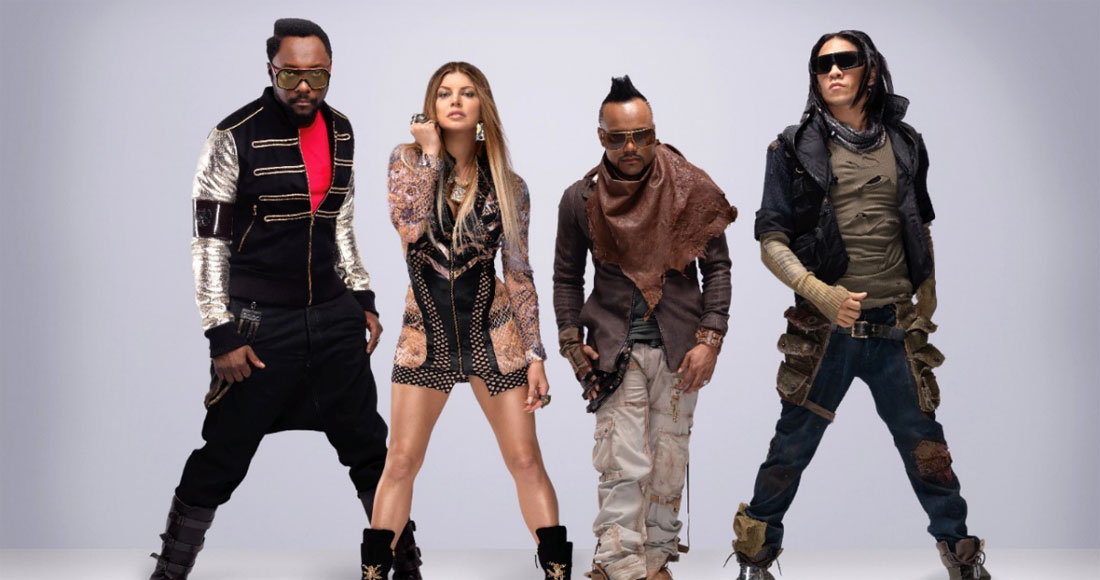Anatomy of a new wave masterpiece
Dare, an album released by The Human League in the fall of 1981, went beyond simply expanding the possibilities of pop. Using synths and sequencers, it created something dazzling, emotive, and incredibly modern by shaping a whole new form. By then, the Sheffield group had already seen a dramatic change. Though the split with founding members Martyn Ware and Ian Craig Marsh could have left them in limbo, Phil Oakey instead redoubled his ambition. Dare became a template for synthetic soul with two adolescent backup singers found at a disco and a producer fixated on sonic clarity.
The tracks reveal architectural clarity. Beginning with manufactured celebration and a list of pleasures balanced between naïveté and provocation, The Things That Dreams Are Made Of opens. Built on Giorgio Moroder’s influence but wrapped in British modesty, Open Your Heart sparkles with passion and tension. Every sound seems chosen like a thread in a tailored suit, stitched tight with Roland gear and pop instinct. This was more than just mechanical music. This was music that welcomed the future devoid of sarcasm, grinning at technology and applying makeup and cheekbones.
Central to it all is Don’t You Want Me, a pop tune so expertly designed that it changed chart history. Its story, a love sour by celebrity and misunderstandings, is told via two voices equal in drama and remoteness. Oakey’s baritone bears the load of bitterness; Susan Ann Sulley’s delivery cuts with grace and exactness. Released as a last single nearly reluctantly, the song grew to worldwide success. Its triumph was not chance. It was perfect timing with workmanship; substance was matched with picture.
Here, producer Martin Rushent should get center stage. His studio evolved into a elegant forge where analogue met digital. With the Linn LM-1 drum machine and the Roland Jupiter-4, he produced soundscapes that sounded glossy yet devoid of emotion. Rushent did not view synths as curiosities. He gave them depth, presence, and a sort of self-assurance normally found for guitars. The result was not chilly or robotic. It was clear, artistic, colourful, and tense. Dare seemed to have been transmitted from a club circling the planet.
The Human League have made a record that sounds like the future, brilliant, cold, and utterly original.
(Mark Ellen, Smash Hits, 1981)
Dare’s look went beyond its grooves. Everything felt thoughtful, from the band’s faultless styling to the minimalist sleeve influenced by fashion magazines. The Human League did not strive to be futuristic. They simply occupied it. Their vision appealed to a generation grown on Bowie and Kraftwerk but yearning for something even more sleek. They allowed suburban children to be elegant, unusual, and entirely fake, turning bedroom fantasies into chart material.
The record did more than just charts topping. It changed the axis of British pop. From Soft Cell to Eurythmics, from Pet Shop Boys to later artists like La Roux, synths became a tongue everyone wanted to speak. Decades of electronic pop and every neon-drenched revival thereafter reveal its impact. Dare made it obvious that minimalism could seem opulent and detachment could still carry warmth. Every chorus glows. Every hook is shot like a photograph from a future Vogue shoot.
Dare stands tall even today without assistance from nostalgia. Its noises are still brilliant, its look unaltered, its feeling of adventure completely alive. It fills a space where past and future fade into something permanent. Listen one more time; the drums are still perfect. Still shining, the synths. Still dancing between sentiment and artificiality, the voices move gracefully. This album was not responding to trends. It gave rise to a future enveloped in velvety voltage.
